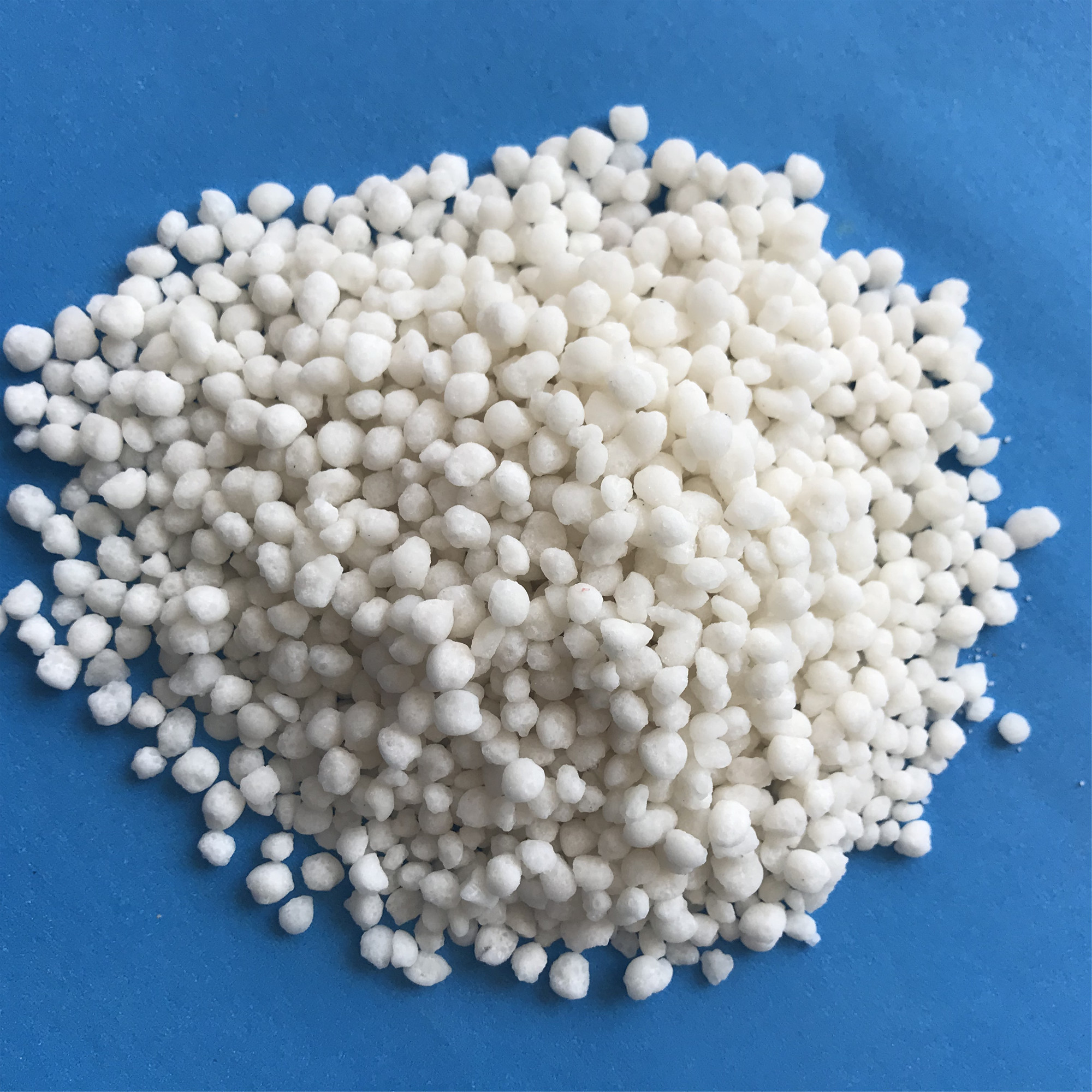



potassium nitrate safety data sheet
Safety Data Sheet for Potassium Nitrate Understanding Its Properties and Safety Measures
Potassium nitrate, also known as saltpeter, is a chemical compound with the formula KNO₃. It is widely used in various applications, including fertilizers, food preservation, and as an oxidizing agent in pyrotechnics. Given its diverse applications, understanding the safety profile of potassium nitrate is paramount to ensure safe handling and usage. This article synthesizes information from a typical safety data sheet (SDS) for potassium nitrate, focusing on its properties, hazards, handling precautions, and first aid measures.
Chemical Properties and Composition
Potassium nitrate is a white crystalline solid that is highly soluble in water. It has a molar mass of approximately 101.1 g/mol and a melting point of around 334 °C. The compound is non-combustible; however, it acts as an oxidizer, which means it can enhance the combustion of other materials when mixed with them. Its role as an oxidizer makes it valuable in agriculture, particularly in nitrogen fertilizer production, where it helps with plant growth by supplying both potassium and nitrate.
Health Hazards
The health risks associated with potassium nitrate exposure depend on the concentration and route of exposure. According to the safety data sheet, potassium nitrate can be harmful if ingested or inhaled in significant quantities. It is classified as a potential irritant to the eyes, skin, and respiratory system. Symptoms of overexposure may include respiratory distress, gastrointestinal discomfort, and skin irritation.
While the chronic effects of potassium nitrate exposure are largely unclear, prolonged contact with the skin can lead to dermatitis, while heavy inhalation can cause respiratory issues. The SDS recommends that individuals with pre-existing respiratory conditions, skin sensitivities, or those who are pregnant should exercise caution when handling this compound.
Environmental Hazards
Potassium nitrate is not classified as a dangerous substance to the environment in the context of acute exposure. However, its presence in large amounts can contribute to nutrient runoff, potentially leading to water quality issues like eutrophication, which depletes oxygen in aquatic systems.
To mitigate environmental risks, it is important to avoid releasing this substance into water bodies or soil without proper treatment and containment measures.
potassium nitrate safety data sheet

Handling and Storage Recommendations
When working with potassium nitrate, adhering to appropriate safety protocols is crucial
. The SDS outlines several important handling guidelines1. Personal Protective Equipment (PPE) Users should wear suitable gloves, safety goggles, and protective clothing to minimize skin and eye contact. If dust is generated during handling, a mask or respirator may be necessary.
2. Ventilation Ensure that workspaces are well-ventilated to prevent the accumulation of dust or vapors, which can be detrimental when inhaled over extended periods.
3. Storage Conditions Potassium nitrate should be stored in a cool, dry place, away from combustible materials and incompatible substances such as ammonium salts, strong acids, and oxidizing agents. Containers should be tightly sealed to prevent moisture ingress and contamination.
First Aid Measures
In the case of exposure to potassium nitrate, prompt action can greatly minimize health risks. The safety data sheet provides the following first aid recommendations
- Inhalation If inhaled, move the affected individual to fresh air immediately. If symptoms persist, seek medical attention. - Skin Contact In the event of skin contact, remove contaminated clothing and wash the affected area thoroughly with soap and water. If irritation occurs, consult a medical professional. - Eye Contact Rinse the eyes carefully with clean water for several minutes and seek medical attention if irritation persists. - Ingestion Do not induce vomiting; instead, drink water or milk if the person is conscious, and seek medical help immediately.
Conclusion
Potassium nitrate is a versatile chemical compound utilized in various industries, but it is important to be cognizant of its potential hazards. By adhering to safety guidelines outlined in the safety data sheet, individuals can manage risks effectively and ensure safe usage in their specific applications. Awareness, preparedness, and proper safety measures are essential for handling potassium nitrate responsibly.
-
Why Sodium Persulfate Is Everywhere NowNewsJul.07,2025
-
Why Polyacrylamide Is in High DemandNewsJul.07,2025
-
Understanding Paint Chemicals and Their ApplicationsNewsJul.07,2025
-
Smart Use Of Mining ChemicalsNewsJul.07,2025
-
Practical Uses of Potassium MonopersulfateNewsJul.07,2025
-
Agrochemicals In Real FarmingNewsJul.07,2025
-
Sodium Chlorite Hot UsesNewsJul.01,2025










